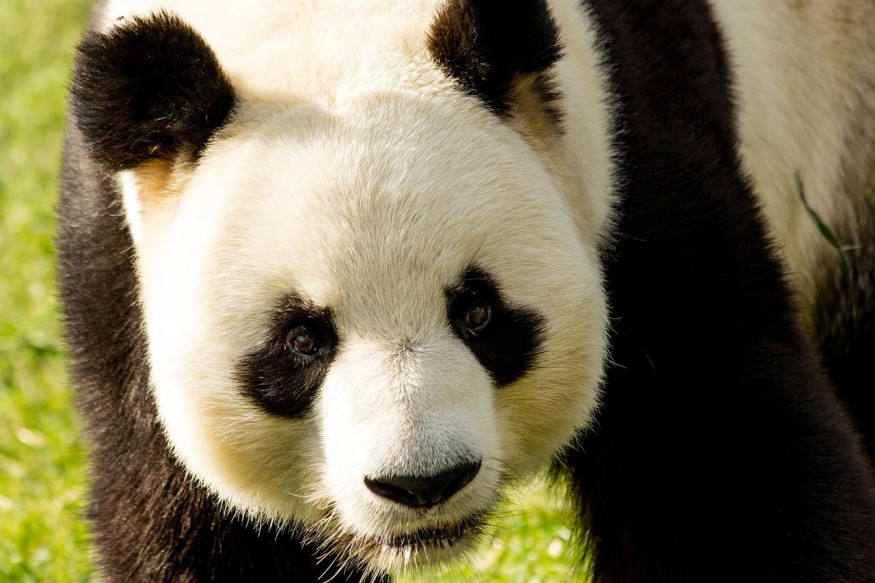Biodiversity is important for a healthy ecosystem and planet as every living organism plays a role. They might be the food source, pollinator, ecosystem engineer, or seed disperser.
But even though every species is unique, not all are created equal, as some are more important than others. When protecting them from going extinct, experts must first classify their risk of extinction to make important decisions on which species they should prioritize to protect. Here's how the complicated process of conservation triage works.
Classifying Endangered and Threatened Species Using IUCN's Data
In choosing what species need protection, scientists or conservationists first need to classify them into threatened and endangered species, according to National Geographic.
The International Union for Conservation of Nature (IUCN) periodically assesses every animal to make informed decisions on which animals are extinct, extinct in the wild, critically endangered, endangered, vulnerable, threatened, and least concerned. They do this by looking at data about a species' population size, the number of breeding adults, geographic range, and other factors.
The IUCN is all about making decisions based on scientific data. When they have the necessary information and classify the animals, they encourage society to consider those assessments in protecting animals. In the US, the Endangered Species Act serves as a legal force in the country to protect about 1,700 species to prevent their extinction.

Methods in Choosing Species to Protect
According to Slate, scientists have proposed several approaches to deciding which species to protect. One of these methods is prioritizing which species play a more essential role in the ecosystem. Another approach is to safeguard scarce and unusual species to preserve the genetic diversity of species to allow them to evolve and adapt to new conditions.
Meanwhile, the EDGE of the Existence program of the Zoological Society of London takes another approach. Society has collected weird and wonderful species, including the Chinese giant salamander and the two-humped Bactrian camel.
There are also organizations that combine the approaches of the Wildlife Conservation Society, which prioritizes threatened species with large body sizes because they serve as an "umbrella" to other species, and also prioritize genetic distinctiveness and allow scientists to consider subjective qualities.
Cute and Cuddly Animals Win the Popularity Contest
One of these subjective qualities is the species' charisma or cuteness. Phys.org reported that cute and cuddly animals usually get the likes and are therefore more likely to get the vote to be protected than other species.
It is similar to a political election in which people choose who they like the best. For example, it is easy to get people to take care of giant pandas, elephants, and fluffy koalas than weird underground plants or poo-eating beetles that are not always lovely to see.
Fortunately, some conservationists have learned the technique of how to use adorable animals to the advantage of the entire ecosystem. For instance, protecting koalas also means protecting their habitat, which is linked to preserving the entire forests where other keystone species live.
It is crucial to provide healthy biodiversity and a sustainable ecosystem to all species to protect the planet and humans. So even though cute animals attract more conservation efforts, keystone pieces hold the key to the survival of the planet.
Check out more news and information on Biology in Science Times.











